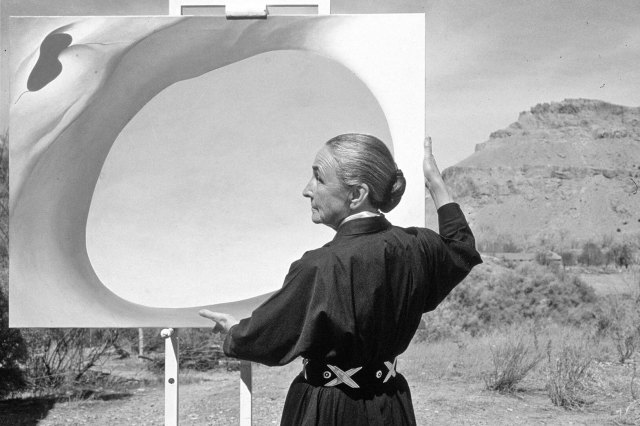The letter “J” wasn’t added to the alphabet until after Shakespeare.
It wasn’t until after the life of William Shakespeare (1564-1616) that the modern English alphabet welcomed “J” as its 26th and final letter. In fact, first-edition copies of Shakespeare’s Romeo and Juliet from 1597 were titled Romeo and Iuliet, as the letter “I” was often used as a written substitute for words with a “J” sound in English. In order to fully understand the letter’s origins, however, we need to go all the way back to ancient Roman times.
In Roman numerals, a swash was sometimes used to denote the end of sequences — for instance, the number 13 often visually appeared in handwritten text as “XIIJ” instead of “XIII.” In classical Latin and in various European languages through the medieval era, the letter “I” was used as both a vowel and as a consonant, and the constant version of “I” morphed over the years and eventually began appearing as a “J” shape. In the late 15th century and early 16th century, a few scholars wrote treatises on grammar in which they suggested using “J” as the constant version of “I.” In English, this change took hold in the early 17th century. A good illustration of this is the King James Bible, one of the first modern English texts to print “J” as a unique letter. The 1611 edition uses the consonant “I” in words such as “Iesus” and “Ioseph,” while the 1629 edition uses the letter “J,” paving the way for the eventual widespread inclusion of “J” in the English alphabet.















